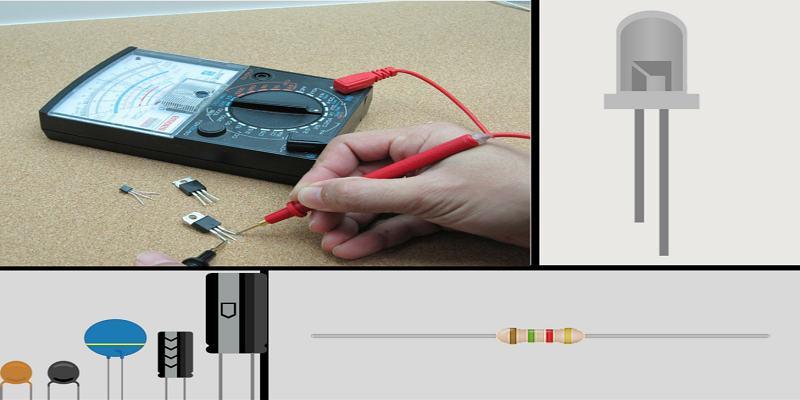When it comes to maintaining a safe and functional home or workplace, understanding how to fix an electrical circuit is an invaluable skill. Electrical circuits are the backbone of our modern lives, powering everything from essential appliances to sophisticated technology. However, when these circuits malfunction, it can lead to inconvenience, safety hazards, and costly repairs. This article aims to provide a detailed, step-by-step guide on how to effectively troubleshoot and fix electrical circuits, ensuring both safety and efficiency.
Understanding Electrical Circuits
Before diving into the repair process, it’s crucial to understand the basic components of an electrical circuit. An electrical circuit typically consists of:
- Power Source: This could be a battery or a connection to the electrical grid.
- Conductors: Wires that carry the electrical current.
- Load: Devices that consume electricity, such as lights, appliances, and motors.
- Control Devices: Switches and circuit breakers that manage the flow of electricity.
Common Electrical Circuit Problems
Identifying the problem is the first step in fixing an electrical circuit. Here are some common issues you might encounter:
- Circuit Overload: This occurs when too many devices are connected to a single circuit, causing it to trip.
- Short Circuits: A short circuit happens when a hot wire touches a neutral wire, leading to excessive current flow.
- Open Circuits: An open circuit occurs when there is a break in the circuit, preventing electricity from flowing.
- Faulty Connections: Loose or corroded connections can lead to intermittent power issues.
Step-by-Step Guide to Fixing an Electrical Circuit
Step 1: Safety First
Before attempting any repairs, ensure your safety. Follow these precautions:
- Turn Off Power: Switch off the circuit breaker or remove the fuse for the circuit you will be working on.
- Use Insulated Tools: Always use tools with insulated handles to prevent electric shock.
- Wear Personal Protective Equipment (PPE): Safety goggles and gloves are essential when working with electrical components.
Step 2: Identify the Problem
- Visual Inspection: Look for signs of damage, such as burnt wires, melted insulation, or tripped breakers.
- Use a Multimeter: A multimeter can help you measure voltage, current, and resistance, allowing you to pinpoint issues more accurately.
- Check for Overloads: If the circuit frequently trips, consider the total load. Calculate the wattage of all devices connected to the circuit and ensure it does not exceed the circuit’s capacity (typically 15 or 20 amps).
Step 3: Troubleshooting Techniques
- For Circuit Overloads: Disconnect non-essential devices and redistribute the load across multiple circuits.
- For Short Circuits: Inspect the wiring for any signs of contact between hot and neutral wires. Repair or replace damaged wires as necessary.
- For Open Circuits: Check for loose connections at junction boxes and outlets. Tighten or replace any faulty connections.
- For Faulty Connections: Use a wire brush to clean corroded terminals and ensure all connections are secure.
Step 4: Repairing the Circuit
- Replace Damaged Components: If you identify any damaged wires, outlets, or switches, replace them with new, compatible parts.
- Rewire as Necessary: For extensive damage, you may need to rewire sections of the circuit. Ensure you follow local electrical codes and standards.
- Test the Circuit: Once repairs are made, restore power and test the circuit. Use your multimeter to ensure the voltage is within the expected range.
Step 5: Preventative Measures
To avoid future issues, consider the following preventative measures:
- Regular Inspections: Periodically check your electrical system for signs of wear and tear.
- Upgrade Outdated Circuits: If your home has older wiring, consider upgrading to meet modern electrical demands.
- Install Surge Protectors: Protect your devices from voltage spikes that can cause damage.
Conclusion
Fixing an electrical circuit may seem daunting, but with the right knowledge and tools, it can be a manageable task. Always prioritize safety and don’t hesitate to consult a licensed electrician for complex issues. By understanding the fundamentals of electrical circuits and following a systematic approach to troubleshooting and repair, you can ensure a safe and efficient electrical system in your home or workplace. Remember, a well-maintained electrical circuit not only enhances convenience but also safeguards against potential hazards.


